France is one of the world’s biggest destinations for tourism. From the southern Mediterranean coast to the beaches of Normandy, travelers from all around have some relationship to France in one way or another. The mere idea of the country is deeply rooted in notions of what people think it is, even if they’ve never been.
This romantic idea of France even comes with its social phenomenon; “Paris Syndrome” wherein a person experiences delusions based on the fact that Paris doesn’t live up to the idea of it in their head. So suffice it to say, that people from all over, see France and what it is as an idea in their head. But France is way more than these romantic notions.
The country is old, it’s complex and even though it is a frequently visited place for tourists, it’s hard to really understand it if you’re just sticking to Paris and seeing things like the Eiffel Tower.
The best way to understand the country and where it came from is to see it through some of its most iconic landmarks. The places and structures that make France stand out culturally and uniquely are worth a visit amongst visiting all the other beautiful things the country has to offer.
Check out some of the best UNESCO World Heritage Sites in France and see them for yourself.
The Banks of The Seine River, Paris
You might find it hard to believe that the only UNESCO World Heritage Site in Paris is the banks of the Seine River. There are over 37 bridges in the city that cross the iconic river and it stretches as far as Rouen giving it access to the sea, through Paris, and into Burgundy.
The name comes from Latin “La Sequana” and it is often attributed to a Roman goddess of the river.
The river is probably one of the most iconic in the world with its legends stretching as far as Joan of Arc’s ashes being tossed in the river to Napoleon wanting to be buried along the banks. Even in works of art and fiction the banks of the Seine are important with for example Javert in Les Miserables drowns himself in the river and Georges Seurat’s Sunday Afternoon on the Island of La Grande Jatte was inspired by Parisian society lounging on the banks of the Seine.
So why is it so important?
The iconic romantic visions of Paris are found here on the banks of the Seine. The importance of the river for the growth of the city leads Paris to become the beacon city that it is. Paris’s most famous landmarks are found here; the Louvre, the Eiffel Tower, Notre Dame Cathedral, and more are all found along the Seine.
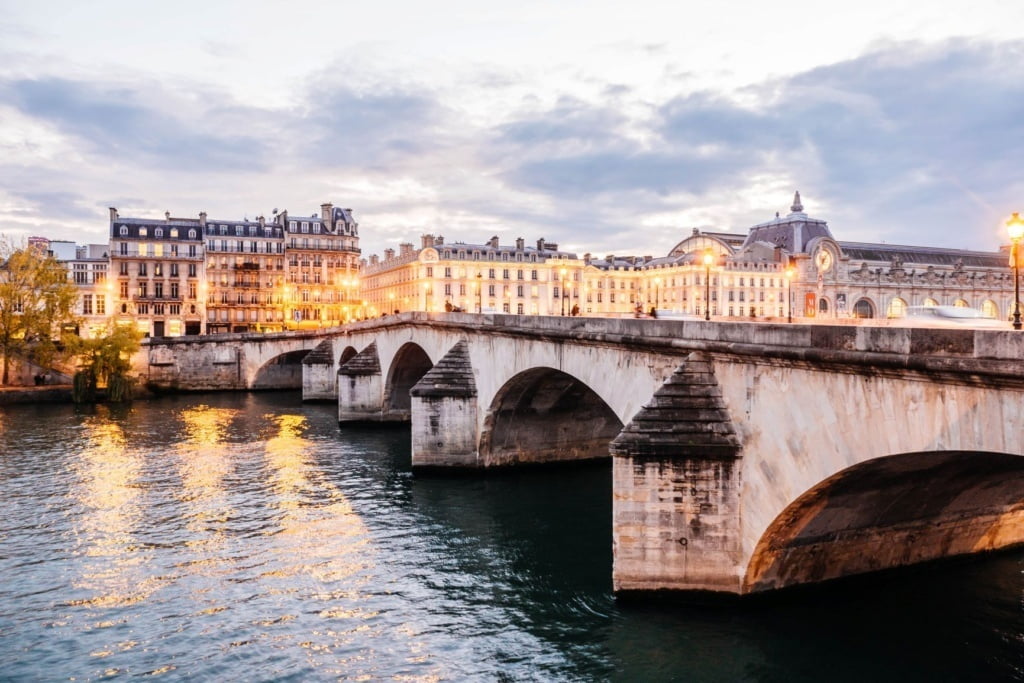
Though it might be hard to believe, the banks of the River Seine is the only World Heritage Site in Paris.
Palace of Fontainebleau
Located just outside the city is another World Heritage Site the Palace of Fontainebleau is one of the most recognizable palaces in France probably after Versailles. The palace is pretty old having been built in the 12th century and was home to French Kings and Emperors for generations.
The palace has been continuously inhabited for seven centuries starting with Louis VII going all the way to Napoleon in the 19th century. Historically, the palace has been used as a hunting lodge but with its ornate style and iconic horseshoe staircase, the palace rivals the beauty of the palace of Versailles.
Now the palace is a veritable museum of all things French aristocracy. In the 1920s it was visited by the last surviving royal resident Empress Eugenie (wife of Napoleon III) and rooms like Napoleon’s bedroom, Marie Antoinette’s boudoir, and the apartment of the pope is well worth the visit.
Mont Saint-Michel and its Bay
Sitting between Normandy and Brittany the UNESCO Sites of Mont Saint-Michel and its Bay are one of the most recognizable in France. The castle-like structure that sits on an island is still populated with people to this day though it is mostly tourists that you’ll see here.
The islet that Mont Saint-Michel is about half of a mile off the coast and when the tide is high Mont Saint-Michel becomes an island fortress, for example during the Hundred Year’s War, the English armies were unable to take it due to the tides of the water surrounding the fort.
While the island was almost always used as a stronghold beginning in the sixth and seventh centuries it was only in the 11th century that the Abbey was built. At its height, the population of the island was around 1,500 people but was then turned into prison before it returned to a place of religious importance.
The grand Gothic-Romanesque structure of the building makes it stand out as one of the marvels of the western world. The prison was closed in 1863 and at the behest of prominent French citizens including author Victor Hugo, it was restored to its former glory. The Abbey is still visited by pilgrims as well as tourists alike.
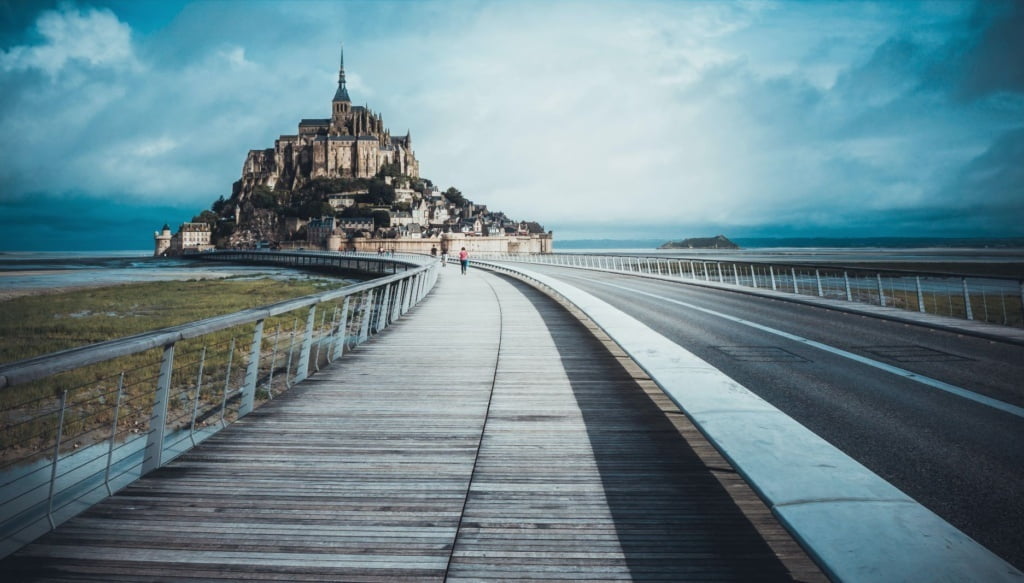
Mont Saint Michel is one of the most photographed destinations in France.
Chartres Cathedral
Many landmarks and buildings undergo some kind of renovation and restoration during their time but for the most part, the Chartres Cathedral has remained largely the same as it has been when construction finished in 1220. Located about 50 miles southwest of Paris, the Chartres Cathedral was built between 1194 and 1220 and architecturally is considered the “high point of Gothic French art” and is another French World Heritage Site.
Despite its age and status, there were no more than five other cathedrals and churches that stood here even before the Chartres Cathedral was built. As early as the 4th century a church was here before being destroyed on the orders of the Duke of Aquitaine. Then another cathedral was built but was destroyed by Danish pirates in 858, then finally another church was built before it was also destroyed by a fire.
Louis the IX consecrated the building when the current structure was finally built and his coat of arms is painted over the entrance. Henry IV of France was also crowned here in 1594 and during the French revolution, a mob tried to destroy the cathedral once more until they were stopped by a larger mob of townspeople.
Finally, during WWII, it was thought that the Germans were using the steeple to range their artillery and there was an order in place to destroy it. An American Colonel questioned the order and went to see for himself along with another soldier. He found the cathedral to be empty and so its destruction was once again spared.
After generations of aging, revolt, and war the Chartres Cathedral remains mostly the same as it did in the 12th century complete with its awe-inspiring stained-glass windows, towers, and crypt. On top of all its history, the church also houses the Sancta Camisa which is said to be the tunic worn by Mary at the time of Christ’s birth.
And whether or not that’s true, it makes the Chartres Cathedral an essential place of pilgrimage to this day.
The Decorated Cave of Pont d’Arc
Located in South-Eastern France in the Ardeche Department, The Decorated Cave of Pont d’Arc is among some of the oldest, if not the oldest sites in the country and our next World Heritage Site. Along a limestone cliff above a river in the cave and the cave are some of the best-preserved cave paintings in the world from the Paleolithic era.
Along with the cave paintings, there was also other evidence of paleolithic life. The cave was discovered in the 1990s but the art and evidence found in the cave date back to at least 30,000 to 35,000 years old.
Among some of the findings in the cave are paintings that include mostly depictions of animals like leopards, bears, and cave lions along with an interesting painting of a volcano spewing which suggests that the people from the time were witness to a volcano eruption during their lifetimes.
As far as evidence of humans living or staying in the cave goes, carbon smoke stains from torches have been found as well as human footprints that may be the oldest footprints that can be accurately dating. Along with the footprints are child’s footprints and dog or wolf paw prints side by side, which suggests early domestication of dogs.
The Climats, terroirs of Burgundy
There are very few iconic French things that are on the same level as wine is. While there are plenty of places around the world from the U.S to Australia that make excellent wine, French wine is and pretty much always has been some of the best. While it is relatively new on the list of France’s UNESCO World Heritage Sites (only being added in 2015) it is one that is rather unique.
Some of France’s best wines come from the Burgundy region and the reason is the microclimates and terroir. 1,247 different climates in the region are separated by stone walls making the lay of the land an interesting mosaic that not only adds a unique look to the area but adds an aspect of culture to the area that is not found elsewhere. Each climate has a name and the diversity of the soil at varying altitudes and varying amounts of sunshine offer different tasting characteristics to the wine.
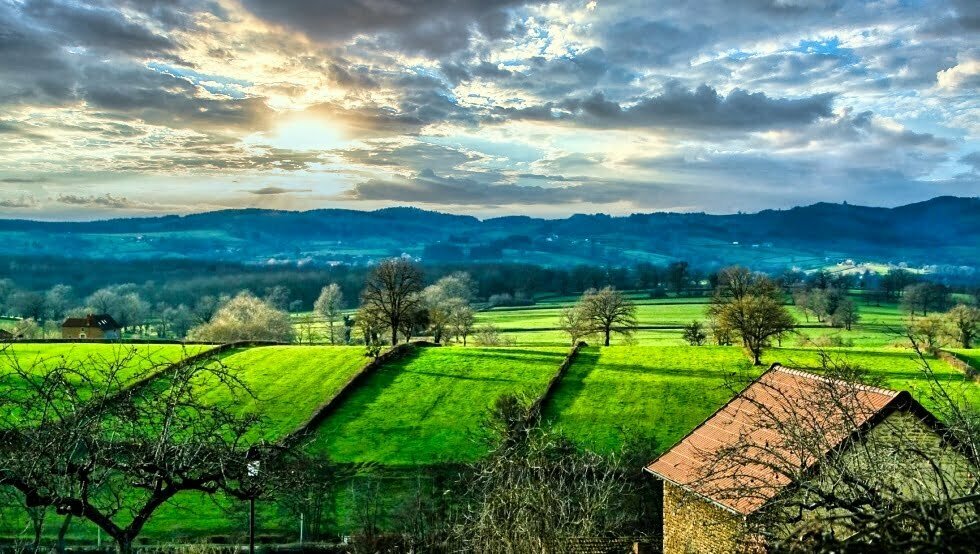
Winter in Burgundy
Roman Theatre of Orange
Located in Vaucluse the Roman Theatre of Orange and its surroundings are among the best-preserved Roman buildings in the world and a World Heritage Site.
The theater was built to serve the Roman colony of Arausio during the Pax Romana era. The colony itself was founded in 40AD and not only was the theater a source for local entertainment but it also served political ends as it helped spread Roman art and culture to its colonies.
By the 4th century, Christianity became the official religion and the theater closed though by 412 it was likely pillaged by the Visigoths and then used as a defensive post by the middle ages. During the wars of the 16th century, it served as a refuge for townspeople until finally it was restored in the 1800s to be once again used for its original function.
These days the Roman Theatre of Orange still is a functioning theater with opera, plays, and other performances being shown here. Although it has undergone restorations and some modern renovations there’s no doubt that the theater’s classical Roman-style is very much still present making it one of the most unique theaters in the entire world.
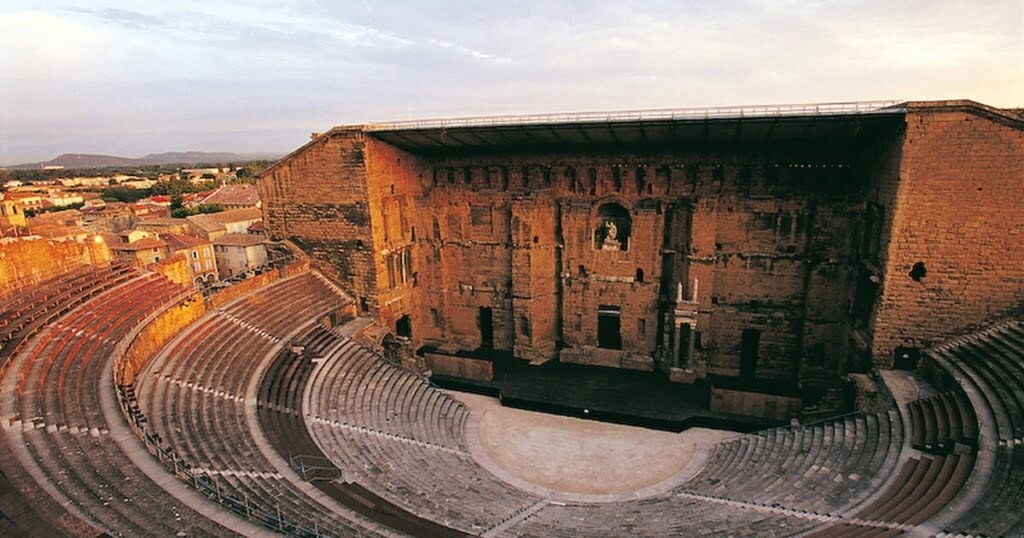
Some of the best preserved Roman ruins anywhere in the World, the Roman Theater of Orange is still be used today. (Photo courtesy of UNESCO World Heritage Site)
Taputapuatea marae
While not on mainland France, Taputapuatea marae is located in French Polynesia and so it is technically a French UNESCO site. Located south of Bora Bora it’s believed that the site here is over 1000 years old and served as sacred ground and religious center for Polynesian people. The sacred area of Cape Matahira-i-te-ra’i is called Te Po and it is said to be where the gods live and although the larger stone structures no longer remain there are still a few stone statues and artifacts that remain.
Our Final Word
France remains one of the most visited countries for travelers but there is so much to see and experience in the country that goes far beyond Paris and the L’Ouvre. Remnants of past civilizations as well as huge cultural buildings and structures are found throughout the country at the World Heritage Sites so head out there and explore some of the most iconic things that make France an amazing place.
Related Posts
Conservation Champions: 5 Exemplary Wildlife Preservation Efforts Making a Difference
Conservation Champions highlights five remarkable wildlife preservation efforts that are truly making a difference. From protecting endangered species to restoring habitats, these initiatives showcase the dedication and innovation of individuals and organizations committed to safeguarding our planet’s biodiversity. Discover the inspiring stories behind these exemplary conservation projects and the impact they have on our natural world.
Beyond the Big Five: Discovering Wildlife Wonders in Non-African Safari Destinations
“Beyond the Big Five” takes you on a thrilling journey to lesser-known safari destinations outside of Africa. From the lush rainforests of the Amazon to the vast plains of the Pantanal in South America, this article uncovers the hidden treasures of wildlife wonders that await adventurous travelers seeking a unique and unforgettable safari experience.
Traveling the Hemingway Way: A Guide to Adventurous Exploration
“Traveling the Hemingway Way is not just about visiting destinations, but immersing yourself in the spirit of adventure. Follow in the footsteps of the legendary writer, Ernest Hemingway, as you embark on thrilling journeys, seeking out untamed landscapes, vibrant cultures, and unforgettable experiences. Get ready to embrace the thrill of exploration like never before.”

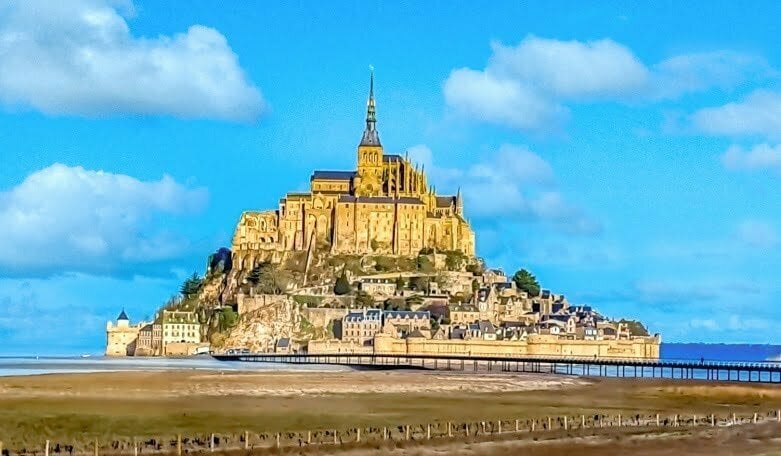
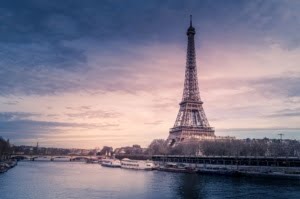
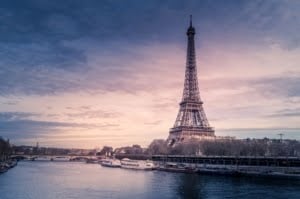
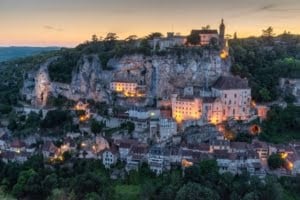





0 Comments